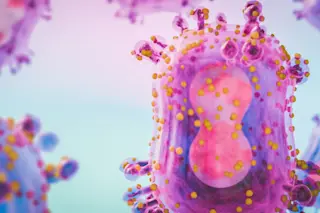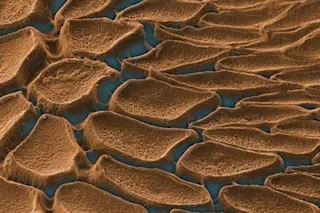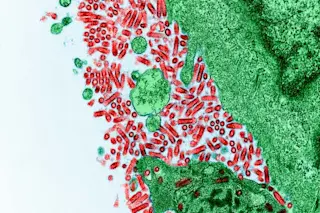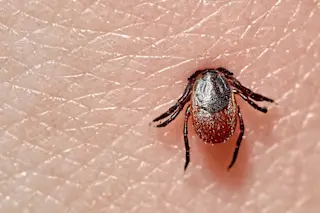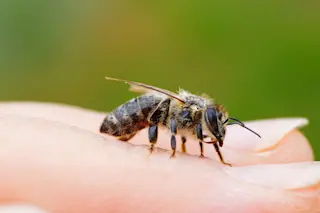The cost of maleness takes on new meaning as researchers have discovered that bats with the largest testicles have the smallest brains.
Testicles are almost always bigger in animal species in which females mate with multiple partners, says Scott Pitnick, an evolutionary biologist at Syracuse University. When females are promiscuous, the sperm of different males must compete to fertilize each egg. Because males with more sperm have a better chance of producing offspring, the frequency of large testicles in those species increases. The pattern holds among all animals, including primates. Gorillas, who keep their harem close, have small testicles, while libertine chimpanzees have large ones. Those of humans, whose mating habits fall in between, are midsize.
Testicles and brains both require a lot of metabolic energy—and among certain bats, brains seem to have lost out. Pitnick and colleagues Kate Jones of the Zoological Society of London and Gerald Wilkinson of ...



